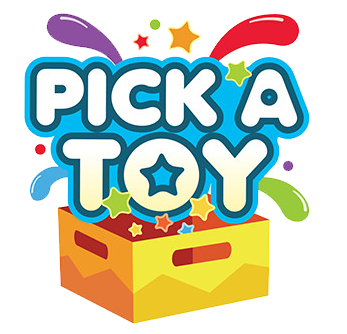Title: "Exploring Textured Sensory Toys: Tactile Stimulation for Kids"
Introduction
Tactile stimulation is a fundamental aspect of a child's sensory development. Through the sense of touch, children explore and make sense of their environment, which lays the foundation for cognitive, emotional, and physical growth. Textured sensory toys play a pivotal role in facilitating this tactile exploration. In this blog, we'll delve into the world of textured sensory toys, their importance, and the benefits they offer to children as they embark on a journey of sensory discovery.
The Power of Tactile Stimulation
Tactile stimulation, or touch, is one of our most primal senses. It begins developing in the womb and continues throughout our lives. For children, tactile experiences are particularly crucial, as they help in:
Sensory Integration: Tactile exploration helps children process sensory information effectively. It allows them to understand the world around them, discriminate between different textures, and adapt their behavior accordingly.
Fine Motor Skills: Engaging with textured toys encourages the development of fine motor skills, such as pinching, grasping, and manipulating objects. These skills are vital for tasks like writing, drawing, and self-care.
Cognitive Development: Tactile experiences promote cognitive development by encouraging problem-solving and critical thinking. Children learn cause-and-effect relationships by exploring how objects respond to touch.
Emotional Regulation: Texture-based play can be soothing and comforting. It provides a channel for children to manage their emotions, reduce stress, and find a sense of calm.
Language Development: Sensory exploration often leads to verbal communication. Children describe what they feel, using words to express their sensory experiences, which, in turn, enriches their vocabulary and language skills.
Textured Sensory Toys: A Gateway to Discovery
Textured sensory toys are designed to engage a child's sense of touch. These toys come in various forms and materials, each offering a unique tactile experience:
Textured Balls: Rubber balls with ridges, bumps, or spiky surfaces provide tactile feedback and encourage gripping and rolling, improving fine motor skills.
Fabric-based Toys: Soft plush toys with different fabrics, like fleece, velvet, or corduroy, offer contrasting textures for children to explore. These toys can be cuddly and comforting.
Sensory Blocks: Blocks with raised patterns, shapes, or textures allow children to explore various surfaces while building structures and enhancing spatial awareness.
Sensory Books: These interactive books feature textured pages that children can touch and feel, promoting early literacy and sensory exploration simultaneously.
Sensory Balls: Made from materials like silicone or rubber, sensory balls are perfect for squeezing, bouncing, and rolling. They provide deep pressure input and can be calming for children.
Playdough and Clay: Modeling clay provides an excellent tactile experience, allowing children to sculpt, mold, and create while developing hand strength and coordination.
The Benefits of Textured Sensory Toys
Sensory Exploration: Textured toys encourage children to actively engage with their sense of touch, fostering curiosity and a sense of wonder about the world.
Motor Skills Development: The manipulation of textured toys helps refine fine motor skills and hand-eye coordination.
Emotional Regulation: The soothing and calming qualities of certain textures can help children manage stress, anxiety, and sensory sensitivities.
Language and Communication: As children describe the textures they feel, they enhance their language skills and ability to express themselves verbally.
Creativity and Imagination: Textured toys inspire creativity as children use their imagination to incorporate these materials into imaginative play scenarios.
Conclusion
Textured sensory toys offer children a gateway to tactile exploration, fostering important sensory, cognitive, emotional, and physical development. By engaging with these toys, children not only enhance their sensory processing abilities but also develop a deeper understanding of the world around them. So, consider introducing a variety of textured sensory toys into your child's playtime and watch as they embark on a journey of discovery through the sense of touch, nurturing their growth and creativity along the way.
